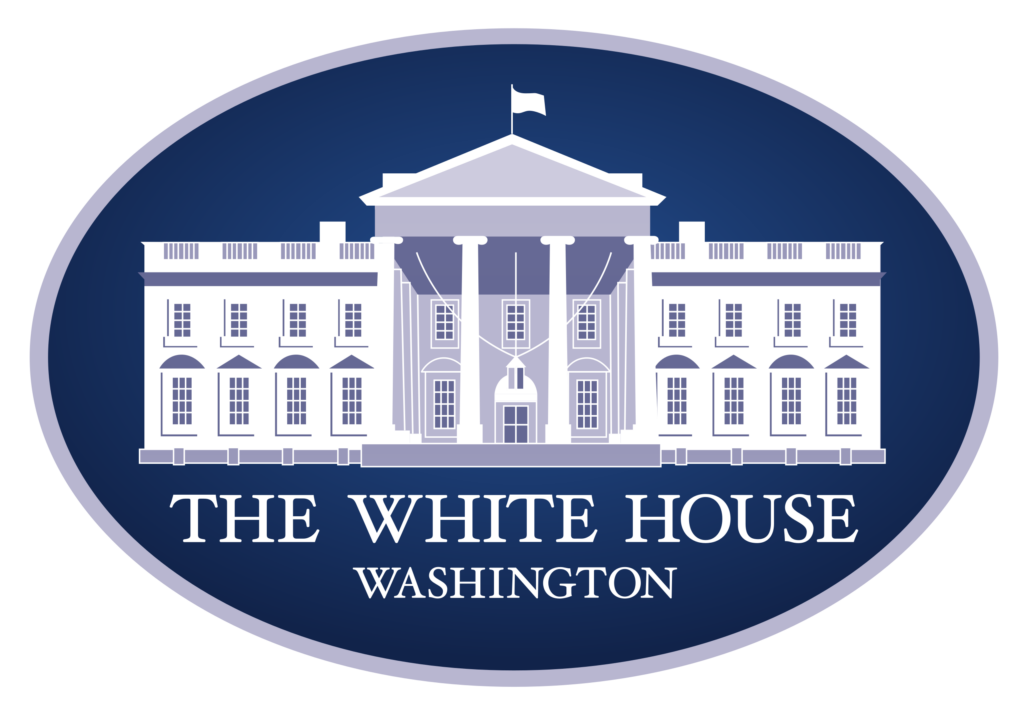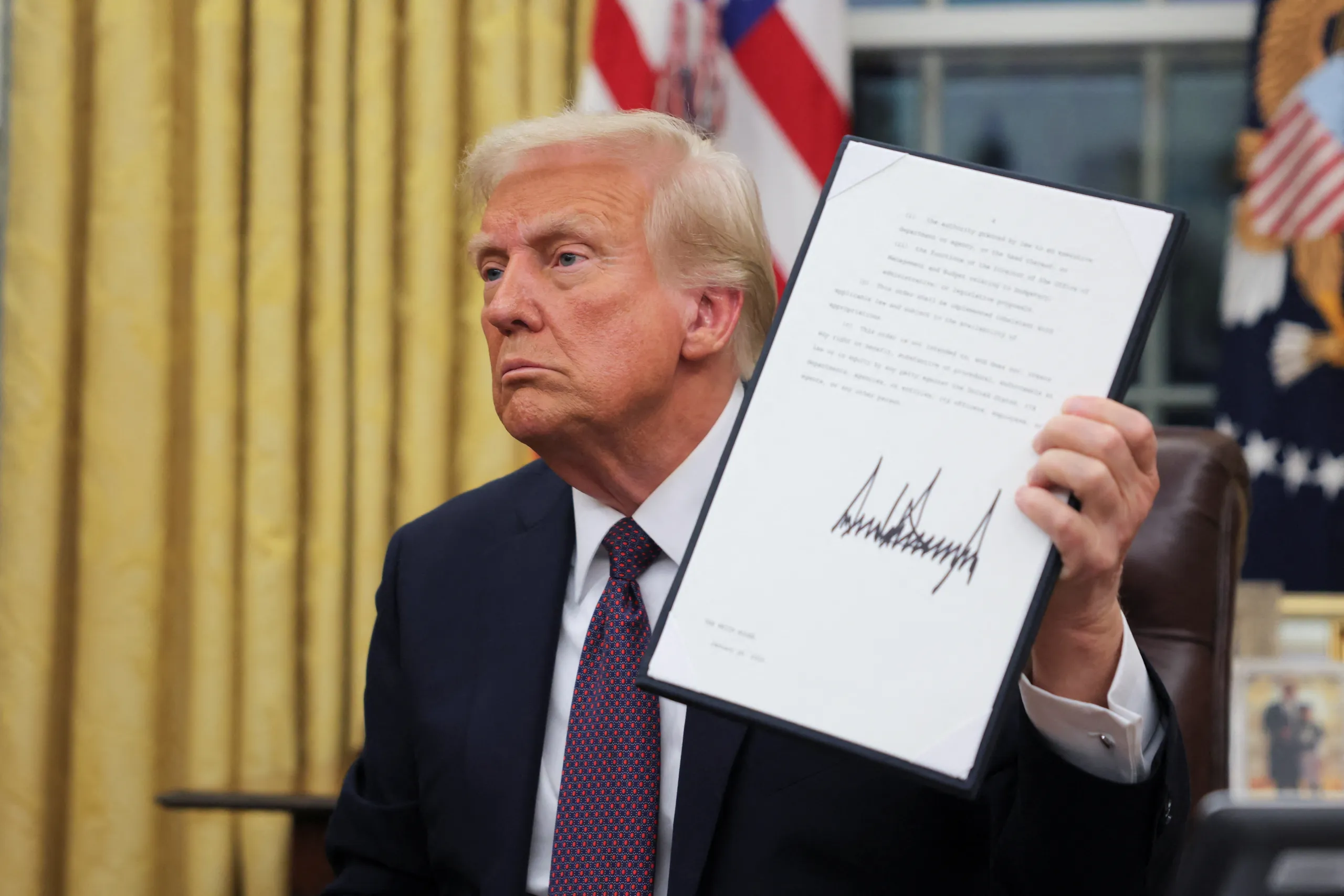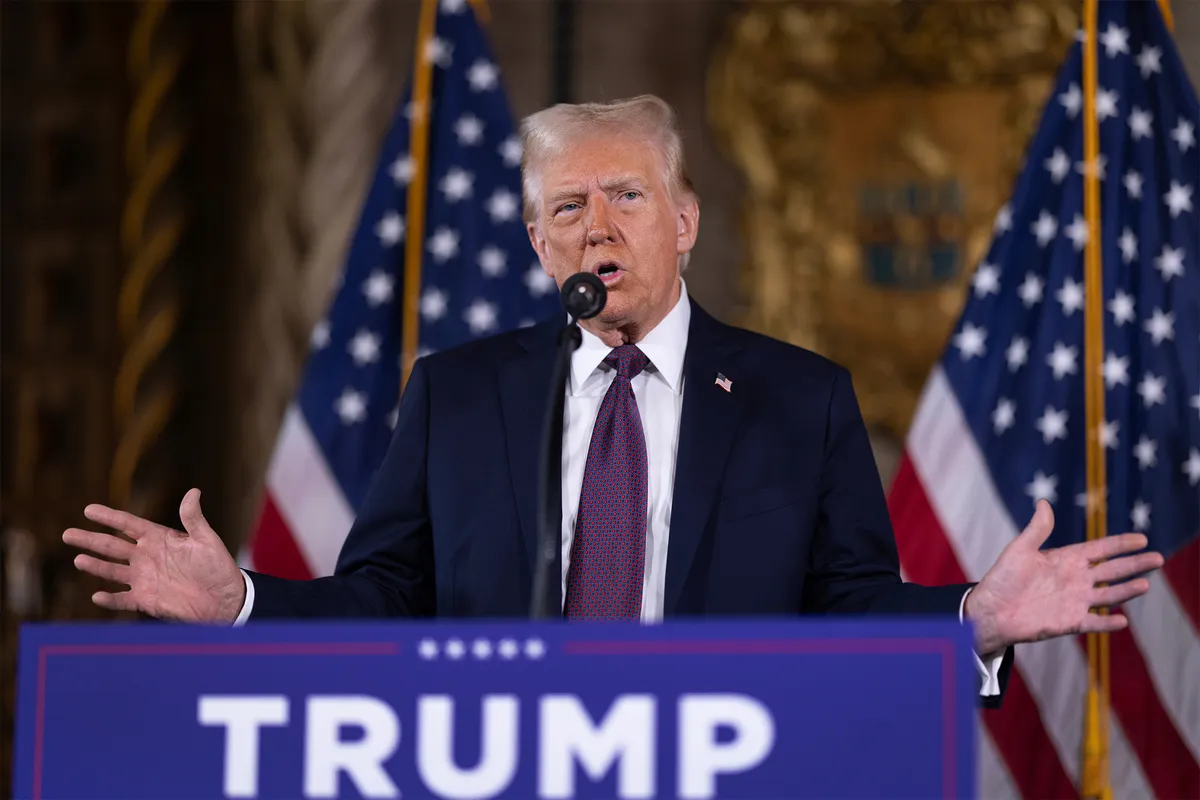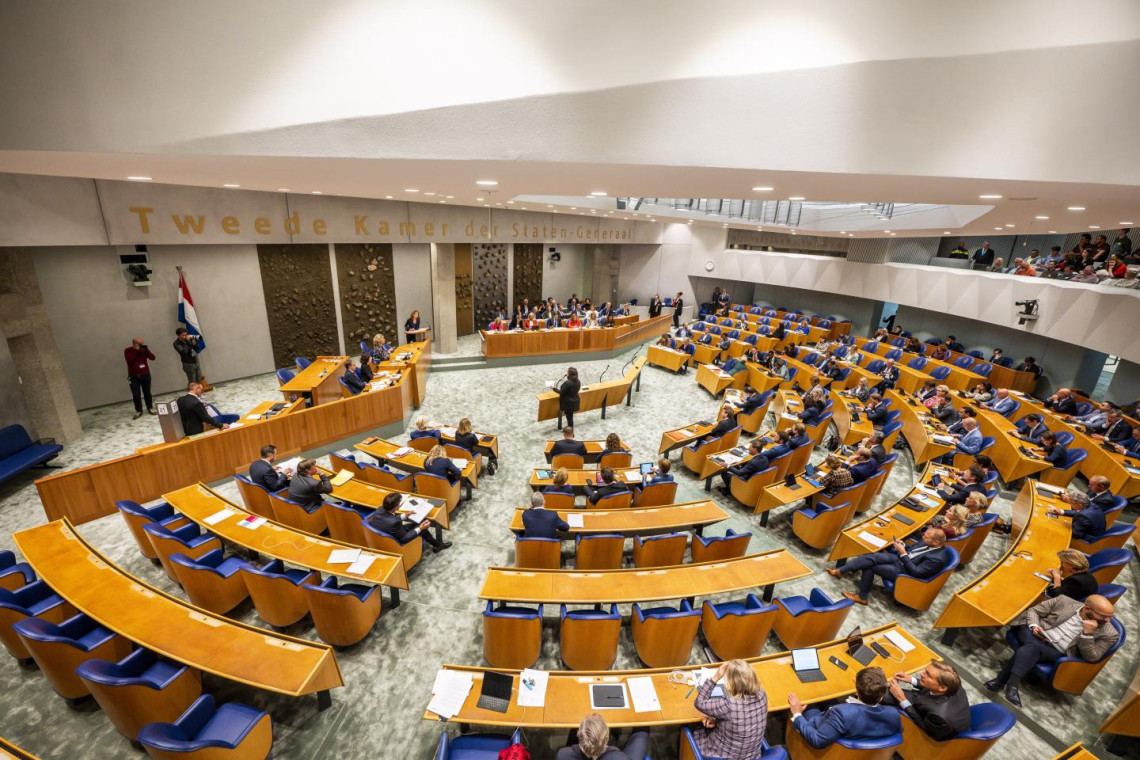It was the first thing we saw him do after his speech. With the inauguration, Donald Trump has started his second term as the President of the United States of America. His first actions saw him signing a lot of documents. What were those documents?
What are executive orders?
Trump was signing executive orders. These are also referred to as presidential decrees. These are assignments by a president to government officials. These assignments mean are the start of rolling out policy. While people are aware that this is some form of policy creation, but the extent is often lost on people. Overall, when asked if they knew what documents Trump was signing, the answer was “not exactly.”
Article two of the United States constitution gives the President broad executive power. It does not explicitly entrench the use of presidential decrees and/ or executive orders. However, article two gives the president the freedom to use their own judgement to enforce the law.
What makes executive orders so special, is that they do not require approval by congress. Congress, which consists of the Senate and the House of Representatives, normally approves laws. To get a law passed in the US, the Senate and the House must first approve it by a vote of majority. Executive orders bypass these chambers of the US congress. While this does make for accelerated decision-making and policy creation. When asked however, people agreed that this power is only safe in the right hands. “I feel like it’s kind of dangerous, especially with presidents such as Trump, who has some controversial opinions.”
There are two rules that limit executive orders: Executive orders must work within the United States laws. And if budget must be adjusted, it must be approved by congress. However, if within the laws, or at least the administrations interpretation of the laws, executive orders usually get put into motion rather quickly.

These executive orders remain in force from the moment it is signed by a president, and stays in force, unless the order is revoked, usually by a different president. This could lead to a back and forth between administrations. This was the case in the three recent administrations. Joe Biden revoked around a third of Trump’s executive orders when he took office in 2021. Biden then signed 162 executive orders himself. Around half of those have now been revoked by Trump during the first days of his second term.
Executive orders have been used by all but one US president. In history, executive orders have been used to deal with a crisis. The most executive orders were signed by President Roosevelt during World War 2. Executive orders can also be used to create policy, if there is a political crisis, such as a deadlock within the Senate and/ or the House.
Project 2025
Executive orders are mostly signed into force during the first period of a president’s administration. It is a quick way to get started and ‘hit the ground running’. For its second term, the Trump administration has relied on the Heritage foundation to prepare for one of the most turbulent first weeks of a president taking office. The heritage foundation created a playbook, called Project 2025, which outlined a plan for the first 180 days of President Trump’s administration. Project 2025 was published in 2023. The Heritage foundation was founded in 1973 and has been highly involved in policy creation in America since the 1980s, with the presidency of Ronald Reagan.
The Heritage foundation is conservative in its positions. Prominent fellows of the foundation have linked the Black Lives Matter movement to communist aggression and possible insurgency, the foundation denies the scientific consensus regarding climate change, and the Heritage foundation has lobbied against various LGBTQ+ movements including gay marriage and transgender rights.
Project 2025 forms the main basis for the executive orders of the Trump administration. The ideological ideas of Project 2025 formulate the best explanation for why Trump is acting in this executive manner, bypassing congress. Project 2025 takes an extreme stance on the extent of the unitary executive theory. In principle, under the interpretation of Project 2025, the president has the sole authority over the executive branch of the US government and is free to adjust the staff of the executive branch to his or her liking. The executive branch largely deals with the bureaucratic actions of the presidential office, which is the executive branch.

Power
This interpretation of the unitary executive theory means that the president has full control over this department, can select who does and does not work there, and has full control over bureaucratic checks and balances. The president can surround himself with people who are loyal to his ideas, and who will most likely not challenge him. And much of the control and checking that the executive branch should do, can be bypassed under this interpretation of the unitary executive theory. When asked, people were united in their opinion. “This is undemocratic, it is illegal, how is it possible that he makes the decisions on his own.” However, the reality is that, within interpretation, this is in fact legal.
When you combine a complete control over the executive branch and a possibility to bypass the legislative branch through executive orders, this means that presidential power is only checked by the laws of the constitution, and the federal budget. The power of a president of the United States is therefore incredibly large, and how much a president limits his own power, depends on the person.
Below you can listen to the interviews that were conducted for this article. We listen to three woman from three different age groups. We asked them 1) What was Donald Trump doing after his inauguration? 2) What is your view on the accelerated decision-making of the executive orders?





